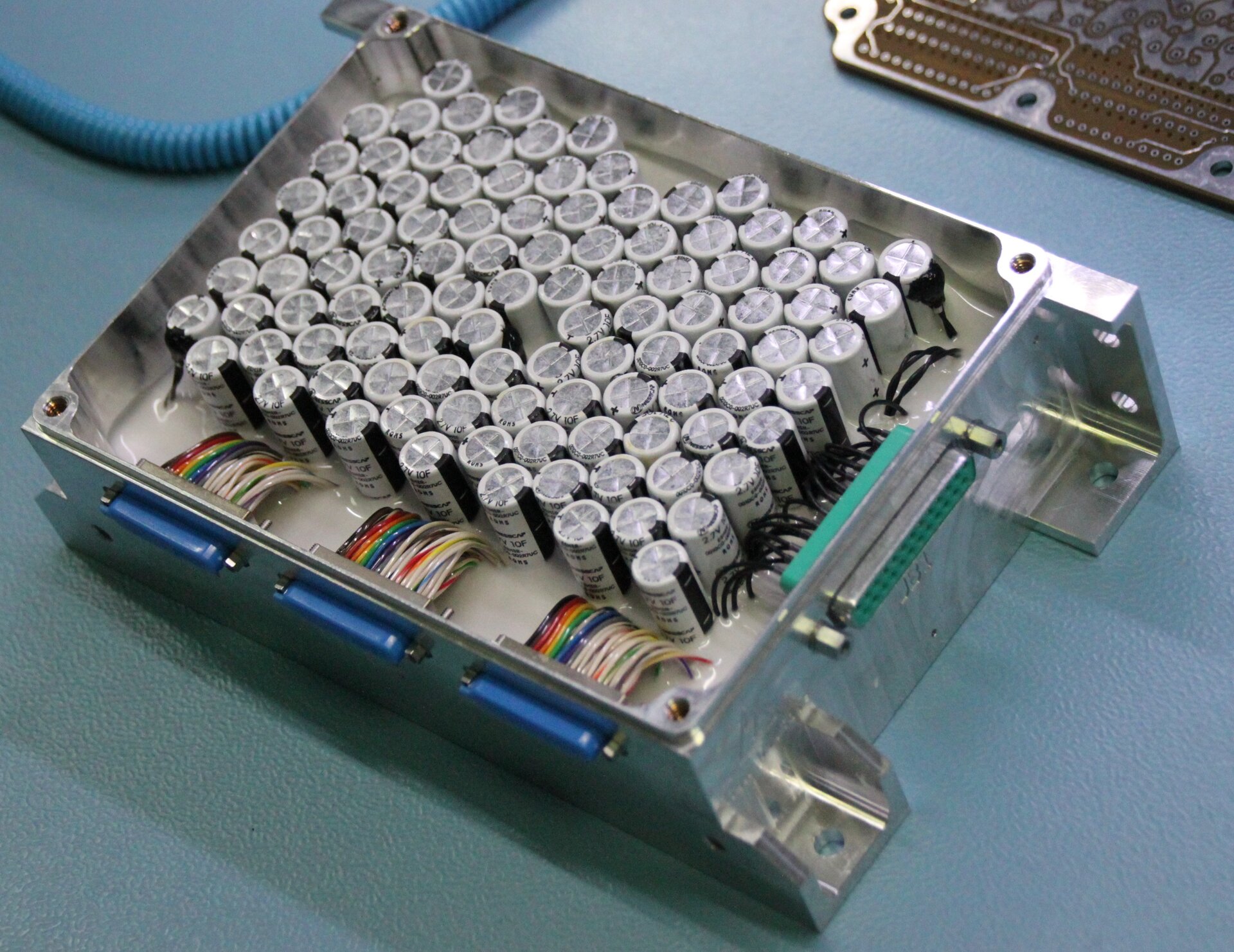Supercapacitors ready to deliver maximum power to space
High-power supercapacitors – already found within terrestrial electric cars, trains, lifts and cranes – are on their way to space.
An ESA-led project with Airbus Defence and Space developed and tested a supercapacitor design able to provide brief bursts of very high power levels to space missions as required. Potential uses might include operation of high-power satellite radar systems, to stabilise overall onboard power during solar eclipses or other such events or launcher thrust vectoring.
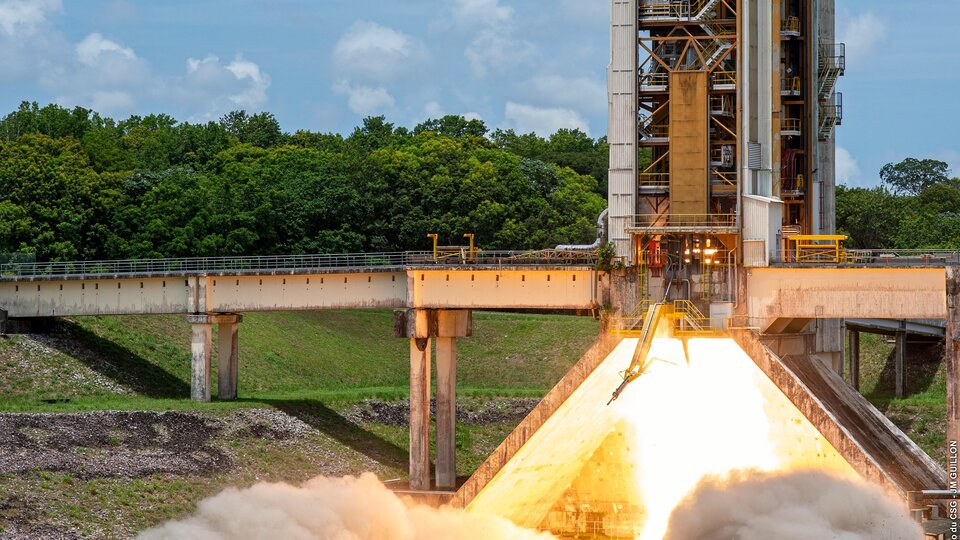
“While traditional batteries store electric energy on a chemistry basis, supercapacitors do so on the basis of physics. The energy is stored as electrostatic charge, within an electrochemical double layer at the boundary between an organic electrolyte and activated carbon layers,” explains energy storage engineer Brandon of ESA’s Energy Storage section.
“This means they can both store and discharge power at a very fast rate that batteries cannot match, for many thousands of cycles with almost no internal resistance. However they have the corresponding disadvantage that they possess a lower overall energy density, so are able to store only a fraction the amount of energy of a battery with the same mass.”
Supercapacitors are, for instance, often used within electric and hybrid cars, storing the electric energy generated by braking wheels for later reuse and supplying power boosts for rapid acceleration.
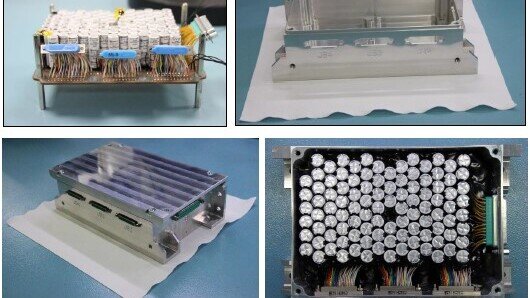
“We performed an initial study of such a ‘Bank of Supercapacitors’ unit through ESA’s Advanced Research in Telecommunications Systems, ARTES, programme,” adds Brandon. “We studied possible applications and which commercial cells could be feasible for the application in space. The results of this study were very promising.
“Then Airbus Defence and Space in France approached us, wanting to finalise and qualify such a design for space. This project proceeded on a co-funded basis through our General Support Technology Programme – preparing promising products for space and the marketplace.”
The first challenge was to design and construct a working prototype ‘Bank of Supercapacitors’ (BOSC), based on 34 supercapacitors in series with three strings in parallel, incorporating thermal sensors to keep it from overheating and degrading.
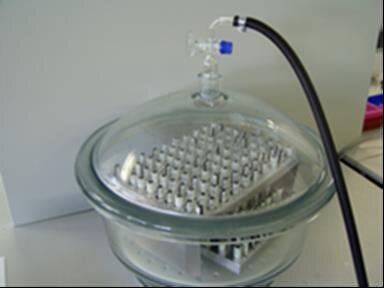
“To make these prototype BOSCs suitable for space required careful ‘potting’ – meaning the insertion of epoxy between the stacked supercapacitors, connectors and printed circuit boards,” adds Brandon.
“This sealant potting is needed for multiple reasons, firstly to help safeguard these delicate devices from the violent vibration of launch. It also prevents the unwanted interaction of bare wires and to minimise ‘outgassing’ of electrolyte from the supercapacitor can – the release of unwanted gases in the vacuum of space.”
BD Sensors in the Czech Republic– in charge of designing and manufacturing the BOSC – was responsible for developing this critical process.
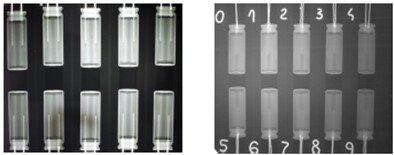
Mechanical testing – coming down to violent, launcher-strength shaking, as well as exposure to space-quality vacuum and temperature extremes – took place at project partner EGGO Space in the Czech Republic. Radiation testing was also essential, involving kilorads of exposure, to check the bank would go on operating when exposed to the same kind of charged particles experienced in orbit.
Gabriel Beulaguet of Airbus Defence and Space, engineering and project manager for the project, comments: “we have set-up in our laboratory a long life test under relevant electrical, thermal and vacuum conditions. After more than 2.3 million cycles, the performances – especially in terms of fading and balancing – are behaving as expected and the test will continue to run”.
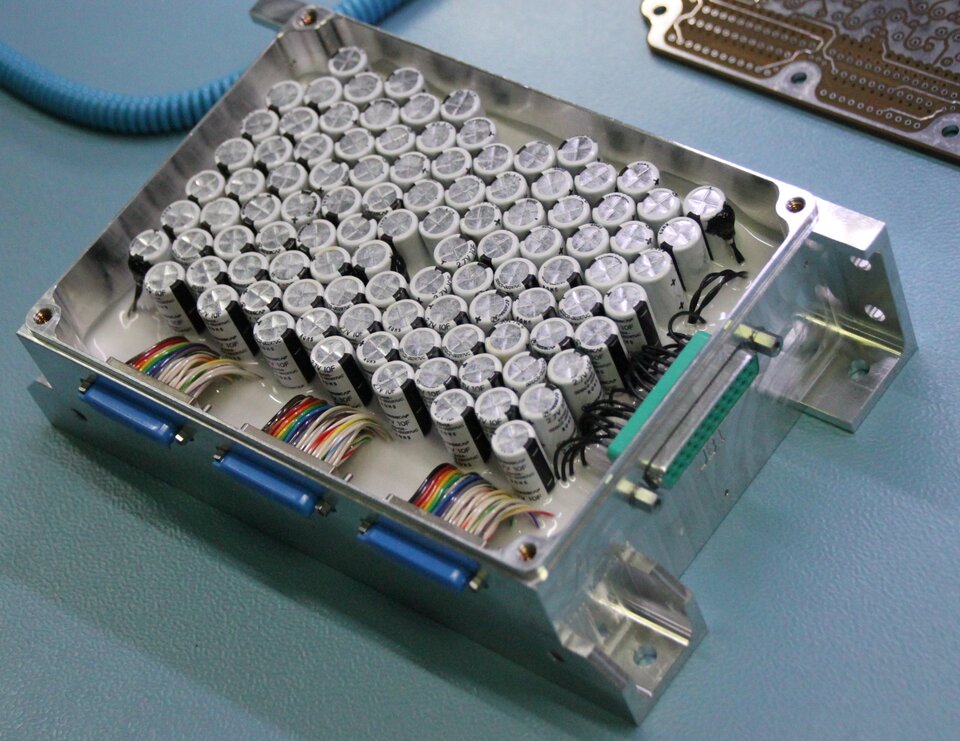
Testing the electrical performance of the BOSC involved millions of charge and discharge cycles, including a dedicated lifetime test campaign to look at ageing effects. In parallel, the BOSC was also subjected to ‘abuse’ testing – involving short circuits, overcharges and physical shock from impacts.
“We found the bank can take a huge amount of current, up to 400 amps, several times without damage,” adds Brandon.
Denis Lacombe of ESA’s Technical Reliability and Quality Division, technical officer for the project, explains: “Now that lifetime testing is about to conclude, after three years of hard work we have a space-qualified product, ready for use by Airbus and added to the European Preferred Parts List so other missions can make use of it as well, enabling high-power space applications of all kinds.”


